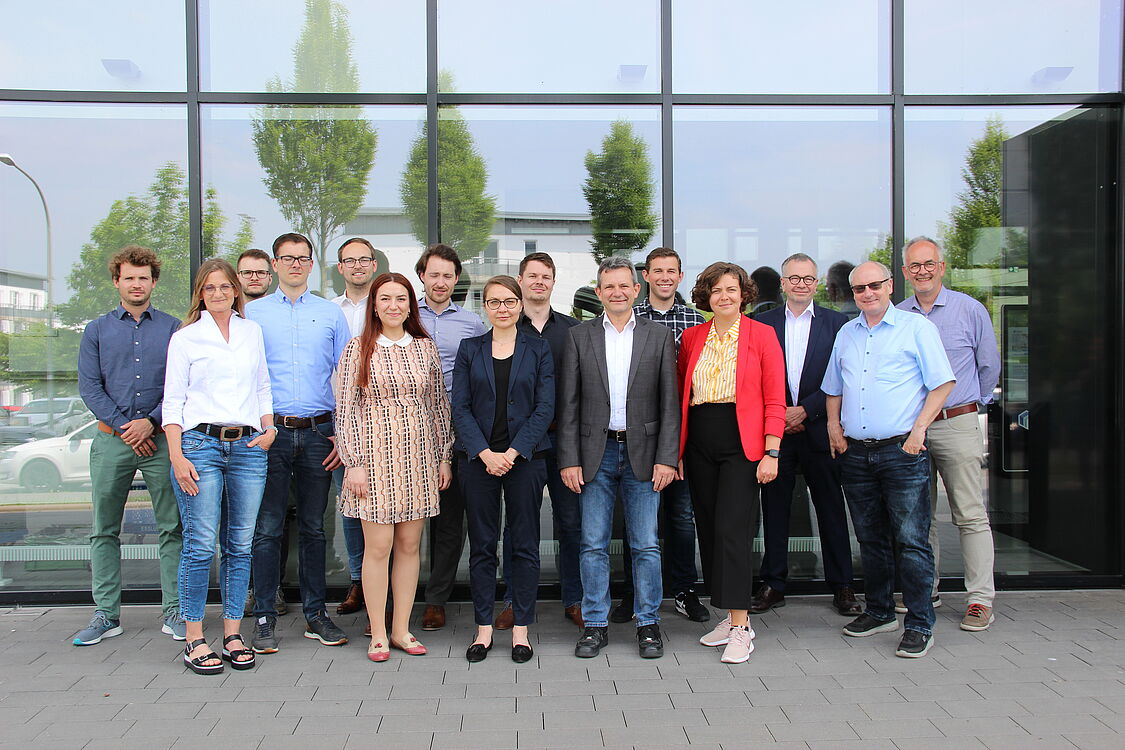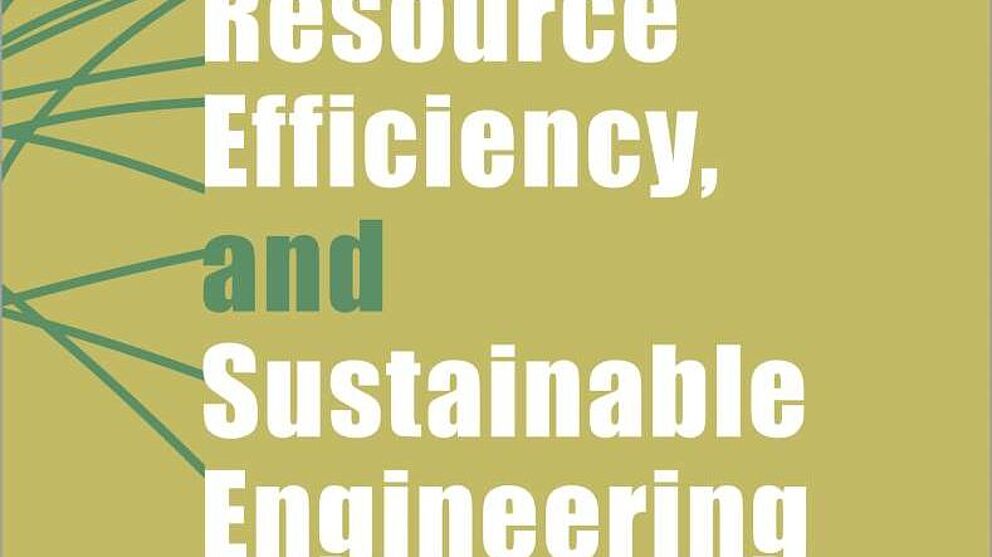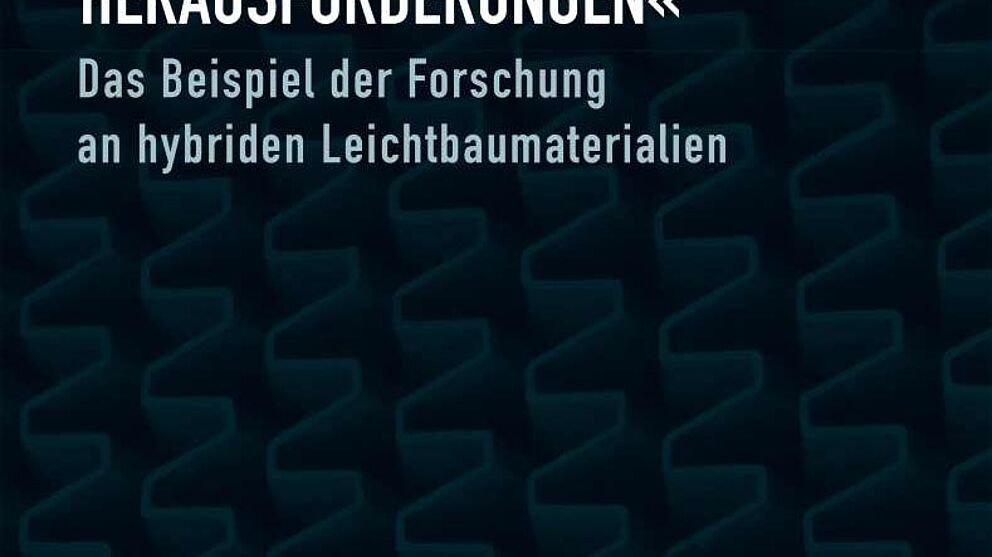Closing Event NRW Research College "Light – Efficient - Mobile"
On June 30, 2022, after eight years of interdisciplinary research, the official funding phase of the NRW Research College "Light-Efficient-Mobile: Energy- and cost-efficient lightweight construction with hybrid materials" came to an end. To appropriately review and present the progress and results of the research work with all stakeholders, a joint event with all partners was held at the end of May. The event was opened with a keynote on the topic "Gone with the Wind: Rotor Blades for Wind Turbines, as an Example of Efficient, High-Stress Lightweight Structures at the Interface of Technology and Society" by Prof. Dr.-Ing. Christian Lauter from PHWT (Private University of Applied Sciences for Economics and Technology Vechta/Diepholz). He had completed his doctorate at ILH at the start of the project in 2014 and significantly contributed to the development of the college's project idea. As part of this funding program, conditions were created to strengthen interdisciplinary collaboration, focusing on topics such as additive manufacturing and lightweight construction in emergency services.
Additive manufacturing in medical technology
In biomechanical terms, each individual represents a unique entity concerning their body and thus their musculoskeletal system. For this reason, additive manufacturing is particularly suited for the development of patient-specific and load-appropriate medical products and aids. Clinical data from imaging techniques (e.g., CT, MRI) or 3D scans of affected organs or body parts allow for precise adaptation of medical aids tailored to the individual's needs and stresses. This presents numerous challenges for additive manufacturing, such as the mechanical, chemical, or biological compatibility of materials, which are not yet definitively resolved. Additionally, our research endeavors focus on integrating additional functions into the aids, such as the realization of implants with defined decreasing stiffness.
Lightweight construction in emergency services
Two research projects are intensively working on optimizing firefighting rescue equipment. The main focus is on significant weight reduction. This allows for a broader user base, promoting diversity within the firefighting force, and relieving the operational personnel. Additionally, it helps reduce the burden on the usually overloaded emergency vehicles. Furthermore, the projects adopt a transdisciplinary approach to examine practical connections in the use of rescue equipment, aiming to generate new insights for their optimization. Tasks in the project include surveys and participant observations to directly incorporate expert knowledge into mechanical optimization.
Subsequently, the results achieved in the respective clusters were reported on: Hybrid lightweight construction & diversity in emergency services, recycling & reuse potentials, personalized medical technology, followed by an open discussion on successes. The results from these and other thematic areas are currently being compiled and published in a joint anthology. Special attention is paid to the challenges of interdisciplinary collaboration. The anthology is expected to be published by transcript Verlag in early 2023.



